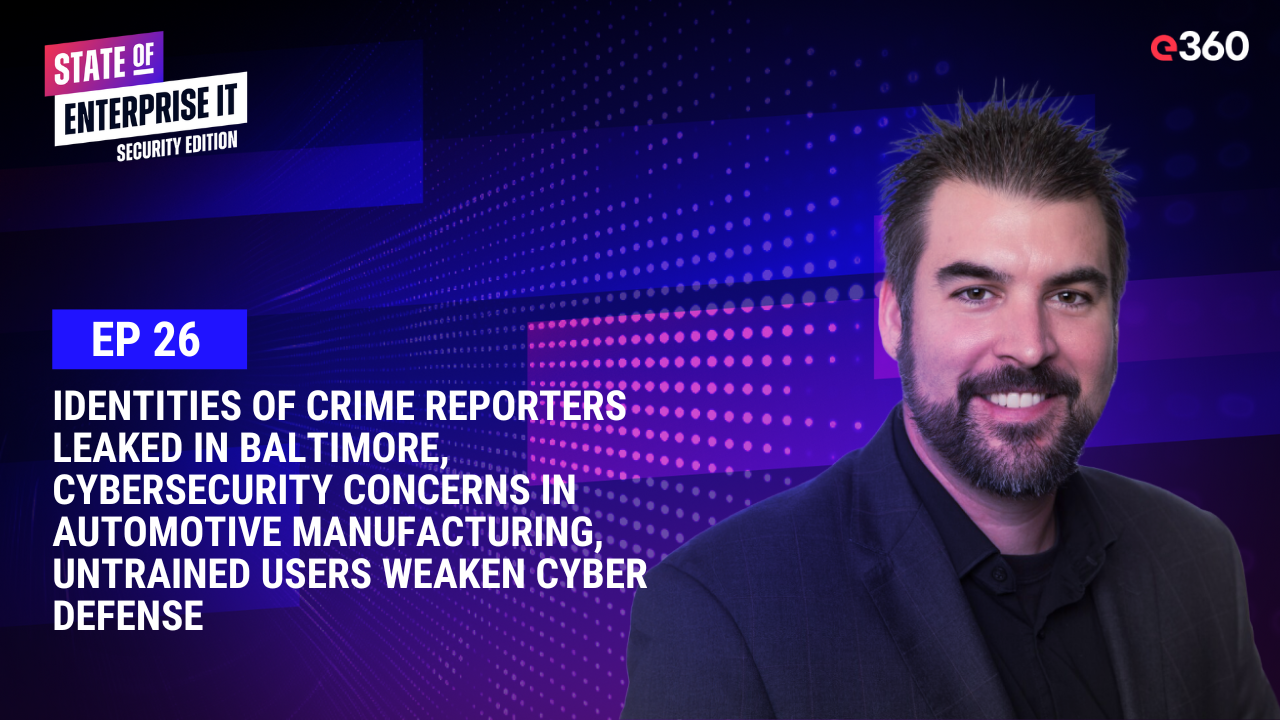This article is taken from Episode 26 of the State of Enterprise IT Security podcast.
Watch the Clip:
The automotive industry is undergoing a major transformation. With the rise of connected cars, autonomous driving, and the integration of advanced digital technologies, vehicles are becoming more sophisticated than ever. While these innovations promise enhanced safety, convenience, and efficiency, they also open up a new frontier of cybersecurity risks.
Why Cybersecurity is Now a Top Concern
Connected vehicles communicate with external systems and infrastructure, making them potential targets for cyber attacks. Hackers could exploit these connections to gain unauthorized access, potentially taking control of vehicle functions or stealing sensitive data. This isn't just about protecting information - it's about ensuring the physical safety of drivers and passengers.
Real-World Examples of Automotive Hacking
Several high-profile incidents have highlighted the vulnerabilities in automotive cybersecurity. Here are just a couple of examples:
- In 2015, security researchers demonstrated they could remotely control a Jeep Cherokee, manipulating its steering, brakes, and transmission.
- Vulnerabilities were discovered in Tesla's autopilot system, where researchers tricked the car into changing lanes or stopping unexpectedly by placing stickers on the road.
These incidents illustrate how seemingly minor security flaws can have major safety implications.
Beyond Safety: Data Protection and Compliance
As vehicles collect increasing amounts of data, including personal information about drivers, protecting this data from breaches is crucial for maintaining consumer trust and complying with privacy regulations. The automotive industry now faces a complex landscape of regulatory requirements, including the EU's GDPR and specific regulations from the United Nations Economic Commission for Europe targeting automotive cybersecurity.
How Manufacturers Are Responding
To address these challenges, automotive manufacturers are adopting several key strategies:
- Secure Development Practices: Integrating cybersecurity from the earliest stages of vehicle design and development.
- Regular Software Updates: Providing timely updates and patches for vehicle software to address new vulnerabilities.
- Collaboration and Information Sharing: Working with industry consortia and regulatory bodies to share information about threats and best practices.
- Testing and Validation: Conducting rigorous tests, including penetration testing and vulnerability assessments.
As the automotive industry continues to evolve, cybersecurity will remain a critical focus. The challenge lies in balancing innovation with security, ensuring that the cars of tomorrow are not just smarter, but safer in every sense of the word.



